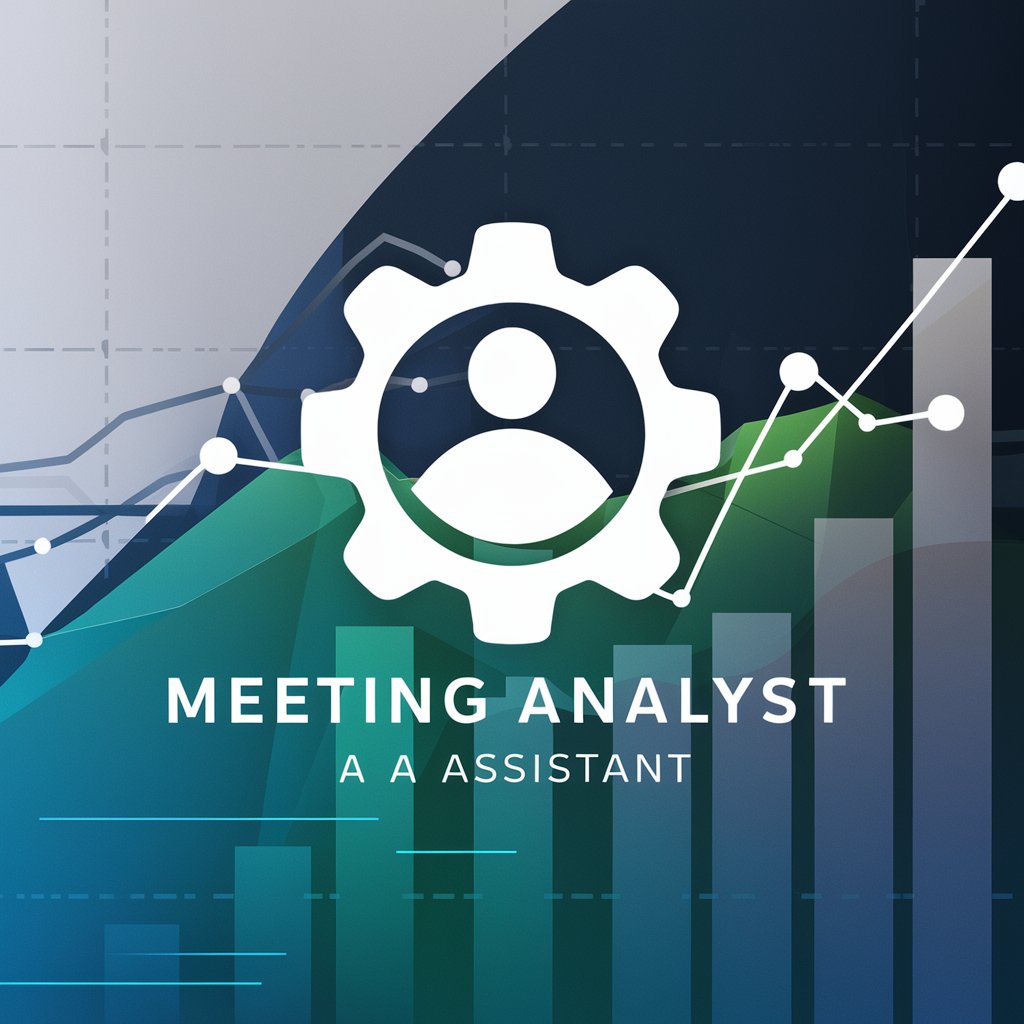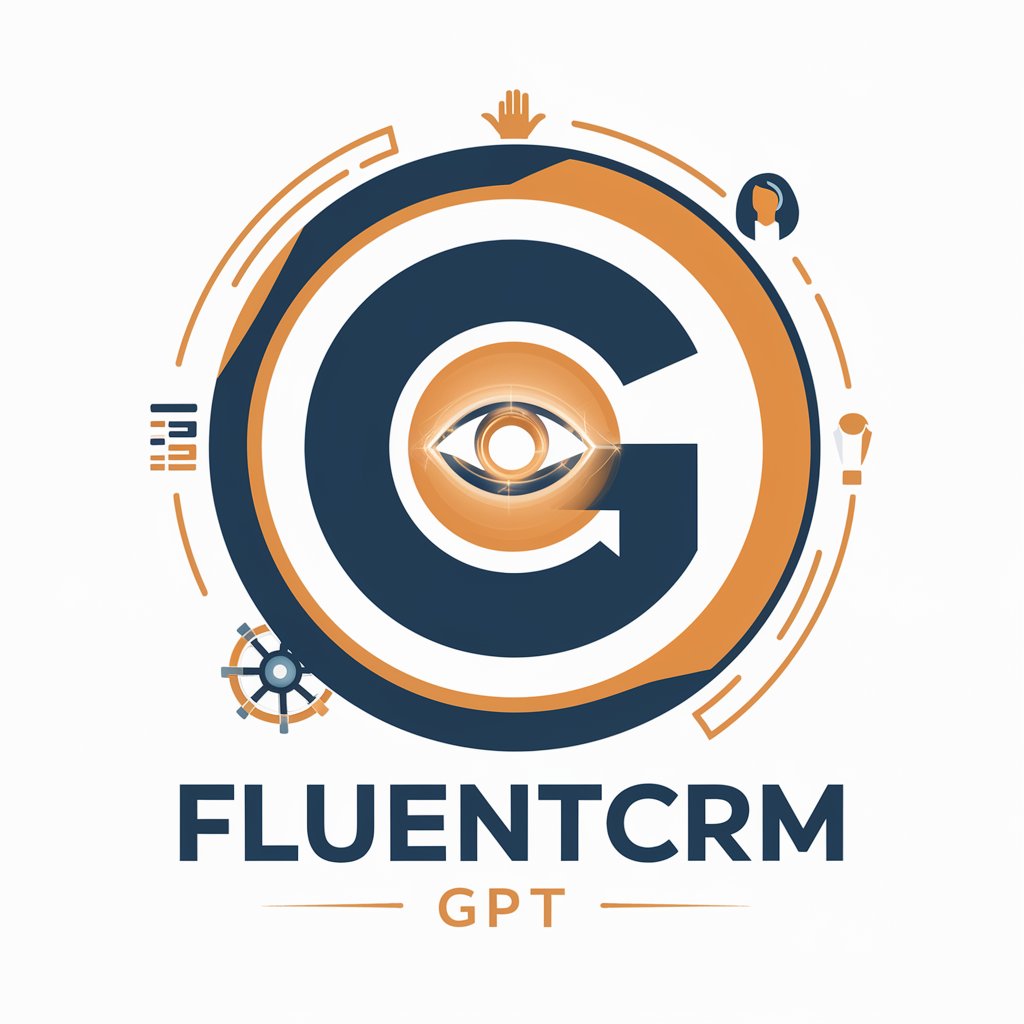8 GPTs for Analytics & Reporting Powered by AI for Free of 2025
AI GPTs for Analytics & Reporting refer to a sophisticated class of generative pre-trained transformers tailored for analyzing and generating reports from complex datasets. These tools leverage the power of advanced natural language processing (NLP) and machine learning to interpret, predict, and communicate insights from data. By automating data analysis and reporting tasks, AI GPTs enable efficient, accurate, and intuitive analytics, making them invaluable for businesses and researchers seeking data-driven decisions.
Top 8 GPTs for Analytics & Reporting are: Sales Closer Pro,Meeting Analyst,AECO APIs Code Master,Andrew Darius Social Media Manager,Gestion de la relation client - Copilot Works,Equity & Stock Administration Advisor,🌟 HR Wellness Architect Pro 🌟,FluentCRM
Sales Closer Pro
Unlock Sales Success with AI Assistance.

Meeting Analyst
Transform meeting transcripts into actionable insights.

AECO APIs Code Master
Streamlining AECO projects with AI-driven APIs

Andrew Darius Social Media Manager
Streamline Your Social Media with AI

Gestion de la relation client - Copilot Works
Elevate customer relationships with AI

Equity & Stock Administration Advisor
Streamline Equity Management with AI
🌟 HR Wellness Architect Pro 🌟
Empowering HR with AI-driven Wellness Solutions

FluentCRM
Automate your email, elevate your business

Key Characteristics and Functionalities
AI GPTs for Analytics & Reporting are distinguished by their ability to understand and generate human-like text based on data inputs. Features include natural language understanding for analyzing textual data, predictive analytics using machine learning models, customizable data visualization tools, and integration capabilities with various data sources and APIs. These tools adapt from simple data interpretation tasks to complex predictive analytics, offering tailored solutions across different analytics and reporting scenarios.
Who Benefits from AI GPTs in Analytics & Reporting?
This technology serves a broad audience, from analytics novices to experienced data scientists. It offers an accessible entry point for those without programming knowledge through user-friendly interfaces, while also providing extensive customization and integration options for developers and data professionals. This inclusivity fosters a wider adoption of data-driven decision-making across various sectors.
Try Our other AI GPTs tools for Free
HRIS Integration
Discover how AI GPTs revolutionize HRIS Integration, automating tasks and providing strategic insights for effective HR management.
Equity Strategy
Discover how AI GPTs for Equity Strategy revolutionize investment analysis with real-time data processing, predictive insights, and customizable tools for financial professionals.
Leave Management
Revolutionize your HR operations with AI GPTs for Leave Management, automating leave processes with efficiency and precision for better workforce management.
Workforce Optimization
Explore how AI GPTs revolutionize workforce management, offering adaptable, data-driven solutions to optimize productivity and decision-making.
Real-time Adjustment
Discover AI GPTs for Real-time Adjustment: tailor-made AI solutions designed for instantaneous adaptation to real-time data and changes. Enhance decision-making and operations with dynamic, context-aware AI tools.
Partnership Optimization
Discover how AI GPTs for Partnership Optimization can transform your partnership management with advanced AI, offering tailored solutions, strategic insights, and enhanced collaboration.
Expanding Horizons with AI GPTs
AI GPTs for Analytics & Reporting are not just about automating tasks; they redefine how we interact with data. Their user-friendly interfaces and integration capabilities allow for seamless adoption into existing workflows, empowering users to leverage data insights more effectively. As these tools continue to evolve, they will further enhance analytical capabilities, making sophisticated data analysis more accessible to all.
Frequently Asked Questions
What exactly are AI GPTs for Analytics & Reporting?
AI GPTs for Analytics & Reporting are advanced AI systems designed to process, analyze, and report data through natural language processing and machine learning techniques.
How do these tools differ from traditional analytics software?
Unlike traditional analytics software, AI GPTs can understand and generate natural language, making insights more accessible and reports easier to comprehend for non-technical users.
Can I use AI GPTs for Analytics & Reporting without coding skills?
Yes, many of these tools are designed with user-friendly interfaces that do not require coding skills, making them accessible to a wider audience.
Are these tools customizable?
Absolutely, AI GPTs offer extensive customization options, from data processing workflows to report formatting, catering to advanced users' needs.
Can AI GPTs handle real-time data analysis?
Yes, many AI GPTs for Analytics & Reporting are capable of processing and analyzing data in real-time, providing up-to-date insights.
How secure are AI GPTs for Analytics & Reporting?
Security varies by tool, but many implement robust security measures to protect data integrity and privacy, including encryption and access controls.
Can these tools be integrated with existing systems?
Yes, integration capabilities are a key feature, allowing these tools to connect with databases, APIs, and other software systems.
What are the potential applications of AI GPTs in Analytics & Reporting?
Applications range from business intelligence and market research to financial analysis and healthcare data reporting, showcasing their versatility across sectors.